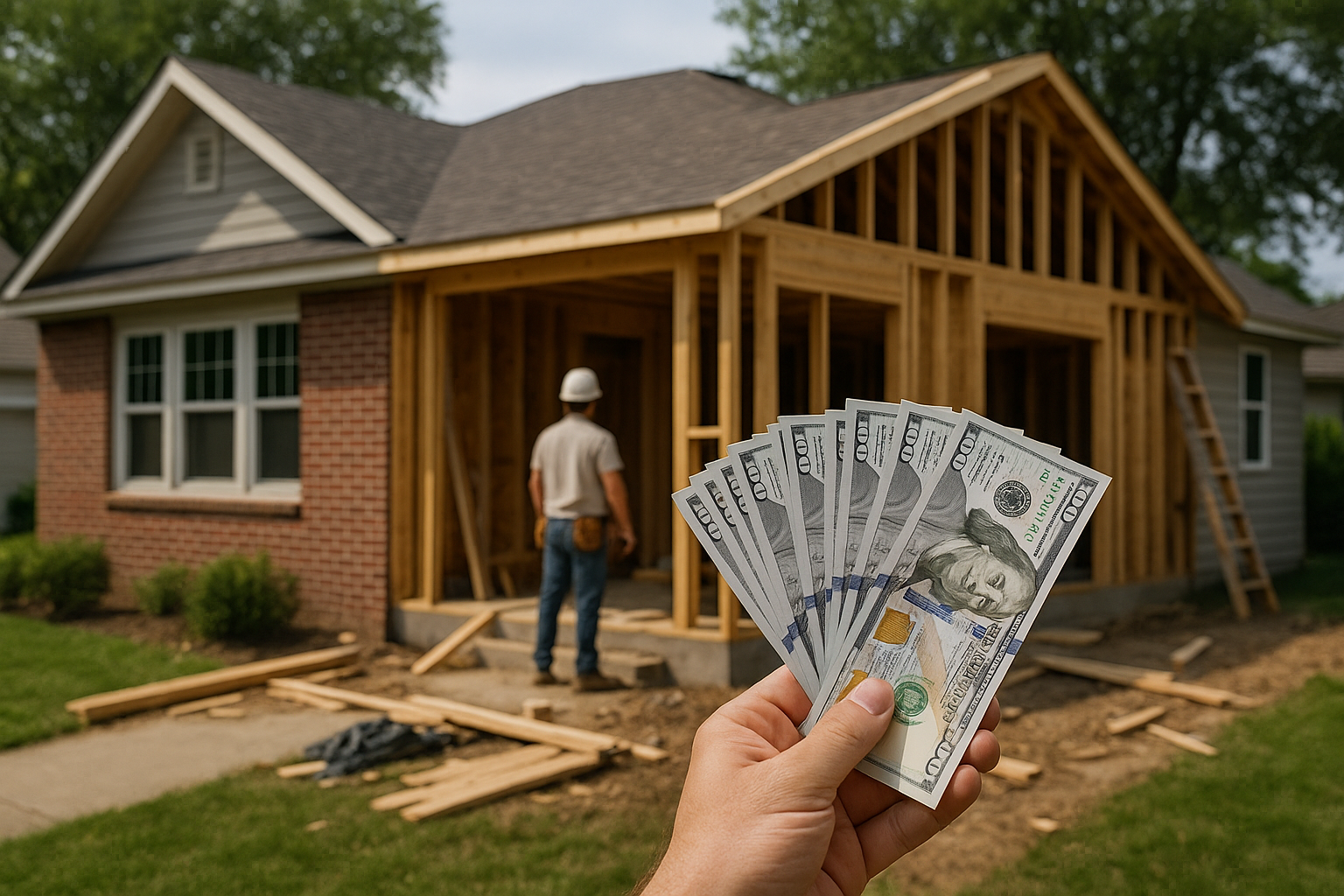Flipping the Script: The Art and Science of House Flipping in Today's Market
In the ever-evolving world of real estate, one strategy that continues to attract a lot of attention is house flipping. While the concept of buying low, renovating, and selling high is not new, the dynamics of today's market have brought unique opportunities and challenges. This article will dive into the nitty-gritty of house flipping in today's real estate landscape.

The Birth and Evolution of House Flipping
The concept of house flipping has its roots in the early 20th century, but it took off in the 1980s and 1990s when urban redevelopment initiatives spurred opportunities for profit. The 2008 housing crisis, however, put a damper on house flipping due to plummeting property values. Yet, the strategy bounced back and has seen an upward trend, thanks to improved housing market conditions and popular house-flipping TV shows.
Flipping in Today’s Market: Opportunities and Challenges
The current real estate market presents both opportunities and challenges for house flippers. Low-interest rates, limited housing supply, and high demand are driving up prices, which can mean higher profits. However, these factors also make it more challenging to find affordable properties to flip. Additionally, increased material costs and labor shortages due to the pandemic have added another layer of complexity.
House Flipping Strategy: Pros and Cons
House flipping can be lucrative, but it’s not without risks. The potential for high returns is one of its biggest draws. However, it requires significant upfront capital, and the potential for unforeseen renovation costs can impact profitability. Moreover, the success of a flip heavily depends on market conditions at the time of sale, which can be unpredictable.
The Impact of House Flipping on the Real Estate Market
House flipping has a significant impact on the real estate market. It can help improve neighborhoods and increase property values, benefiting homeowners and communities. On the flip side, excessive flipping can contribute to housing market instability and affordability issues, as it can drive up prices and create real estate bubbles.
Future Outlook: The Sustainability of House Flipping
Despite the challenges, the future of house flipping looks promising. The ongoing housing shortage and the trend towards remote work, which has increased the demand for upgraded homes, suggest that opportunities for house flipping will continue. However, prospective flippers must approach the strategy with caution, understanding the risks involved and staying informed about market trends.
In conclusion, house flipping is a dynamic and potentially profitable real estate strategy that requires careful planning, expert knowledge, and a keen understanding of the market. As with any investment, it carries risk, but for those willing to put in the work, the rewards can be significant.





